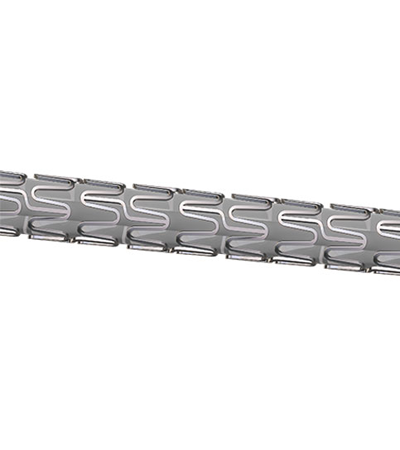-
Products
-
- Featured Products
- Supraflex Cruz
-
- Professionals
- Patients & Caregivers
- Investors
- About SMT
Main navigation
What are coronary stents used for:
- Re-open blood vessels that have been blocked due to the build-up of plaque
- Treat heart attacks
- Relieve the symptom of coronary artery disease

- Bare Metal Stents: These were the first ever stents. These were mainly formed of stainless steel without any drug coating. Their sole function was to hold-up the narrowed blood vessel. The blood vessel slowly heals holding the stent firmly in place. However, the disadvantage of these stents was overgrowth of cells at the stented region causing the blood vessel to be blocked again.
- Drug Eluting Stents: These stents were developed to overcome the disadvantage of bare metal stents. These stents contain a polymer coating with a drug to prevent overgrowth of cells at the stented region thereby reducing the chances of the blood vessel narrowing again. However, the risk of these stents is the formation of blood clots at the stented region. The healing process for those patients who have received a drug eluting stent is relatively slow thus the patients will be advised to take medications to prevent the formation of blood clots. It is important that all patients take these medications as prescribed without fail.
- Bioresorbable Vascular Scaffold: These systems have a polymer that can be dissolved completely by the body over a period of time. Some of these systems are coated with a drug that stops overgrowth of cells at the stented region.
- Stent placement is a minimally invasive procedure
- General anaesthesia is not required
- No major complication occurs
- Fast recovery
- Heart attack, stroke, and sudden cardiac death
- Re-narrowing of the artery
- Formation of blood clots
- Bleeding
- Infection at the puncture site


